Blog Posts for Hand
The North Florida Bone & Joint Specialists blog provides the latest information on orthopaedic conditions, injuries and procedures.

The North Florida Bone & Joint Specialists blog provides the latest information on orthopaedic conditions, injuries and procedures.

Many times, patients are told that they do not require surgery. A painless bump or a ‘cord’ does not need intervention if it does not cause a contracture.

Open vs. Endoscopic CTS

With summer in full swing and children taking advantage of more time to participate in sports-related or other outdoor activities, it’s essential to be mindful of injury prevention while encouraging their interest in activities that don’t involve screen time!

While fireworks can be the highlight of your Fourth of July celebration, they pose significant risks, particularly to the hands and arms. In fact, according to the U.S. Consumer Product Safety Commission 2022 Fireworks Report, the hands and fingers account for 29% of the body parts injured, the highest percentage of any body part. The same report also indicated that 73% of all fireworks-related injuries occurred in the weeks leading up to and after the July 4th holiday. Understanding these dangers and taking preventive measures can help ensure your Independence Day remains fun and injury-free.

Youth sports participation promotes physical health and leadership skills and is a positive outlet for children within our communities. However, the Centers for Disease Control and Prevention (CDC) estimates that 3.5 million youth sports injuries occur each year in the U.S. Of those injuries, one in three participants seeks medical attention, resulting in lost sports and school time. Fortunately, the CDC also concluded that more than 50 percent of these injuries are preventable.
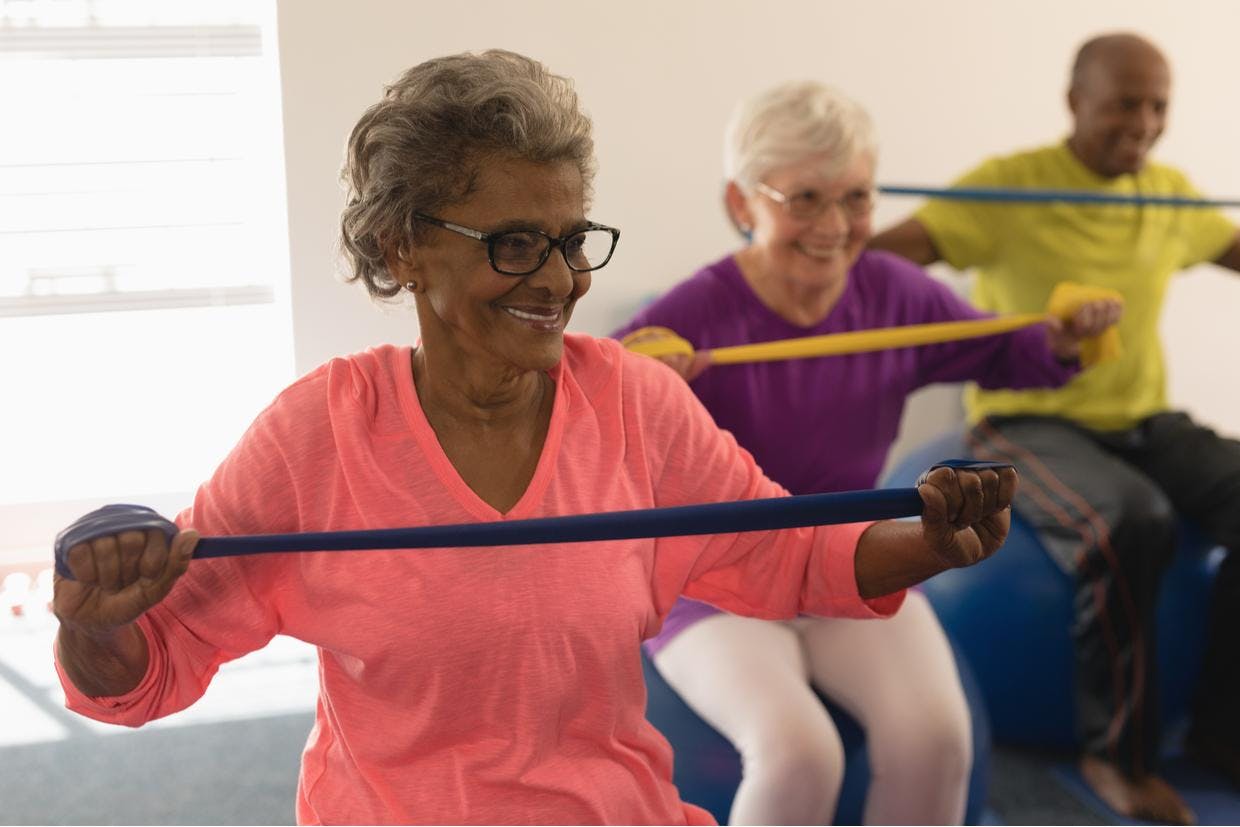
Observing Healthy Aging Month in September is an opportunity to emphasize the physical well-being of older adults. At North Florida Bone & Joint, our focus is on identifying proactive health practices that reduce the risk of orthopaedic injury and conditions and promote an overall active lifestyle. Three primary areas we look to include fall prevention measures, osteoporosis management and establishing a routine exercise program.
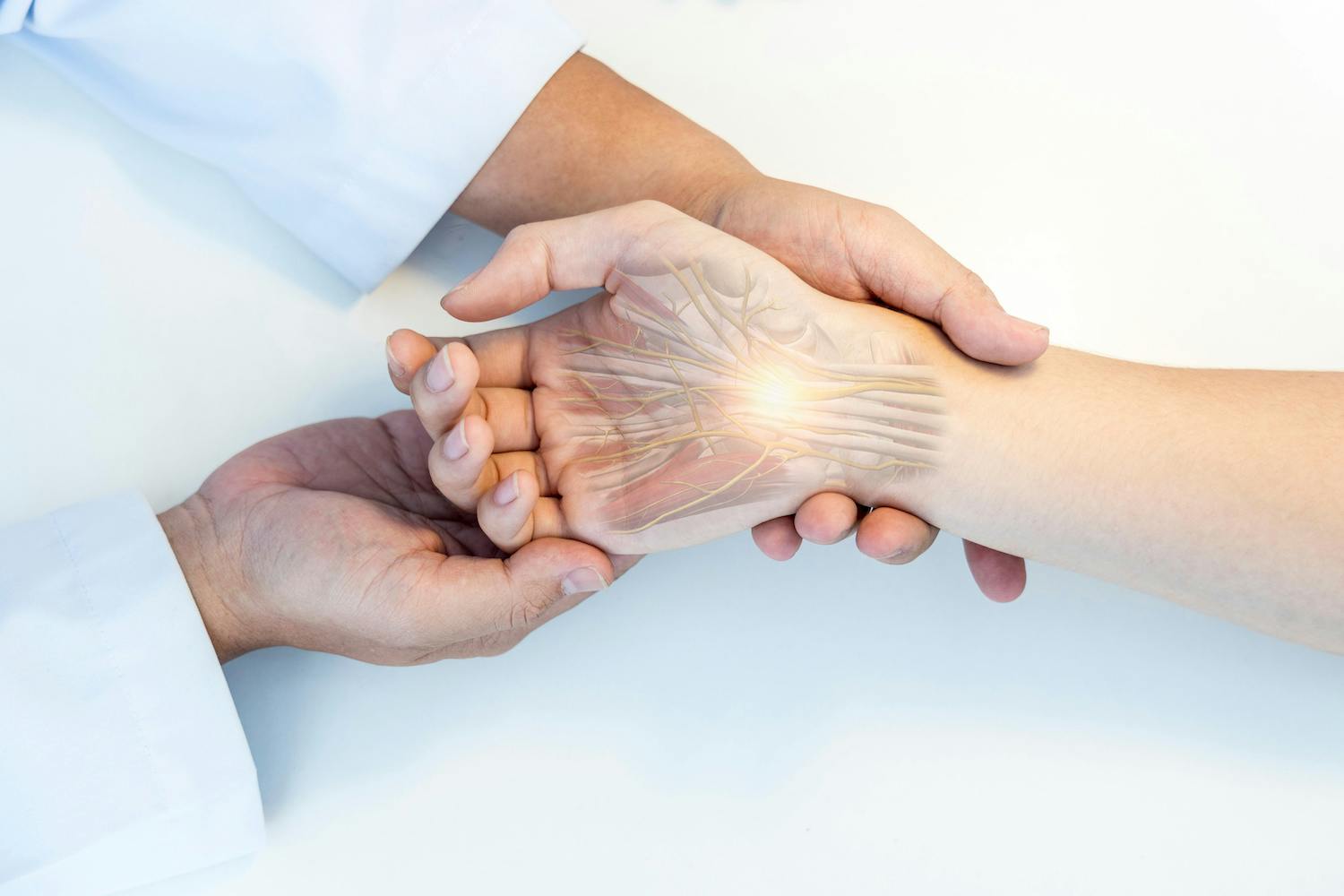
In-office surgery of the hand and upper extremities offers patients the best of both worlds – innovation and accessibility with safety top of mind. At North Florida Bone & Joint Specialists, our fellowship-trained hand surgeons, Dr. Alex Coleman, Dr. Steven Kronlage and Dr. James Piorkowski, perform various procedures efficiently while maintaining the highest standard of care at our Gulf Breeze and Pensacola locations.

The U.S. Department of Agriculture estimates that more than 46 million turkeys will be consumed on Thanksgiving. While the centerpiece of tomorrow’s holiday celebration makes for a delicious meal along with standard accompaniments such as stuffing, cranberry sauce and gravy, it must be safely served. According to the American Society for Surgery of the Hand, too many people severely cut their hands while carving a turkey, and as the American Society of Hand Therapists points out, it’s one of the top five most common Thanksgiving injuries.

Carpal Tunnel Syndrome, or CTS for short, is a medical condition characterized by the compression of the median nerve at the carpal tunnel located in the wrist. When compressed, the outer covering of the nerve (myelin sheath) is injured due to a lack of blood flow, which reduces its ability to conduct signals up and down the nerve fiber. Unfortunately, if left untreated, the degeneration of the nerve will progress, and symptoms will worsen over time. Below, we discuss the symptoms of CTS more broadly and the methods for diagnosing and treating this common condition.
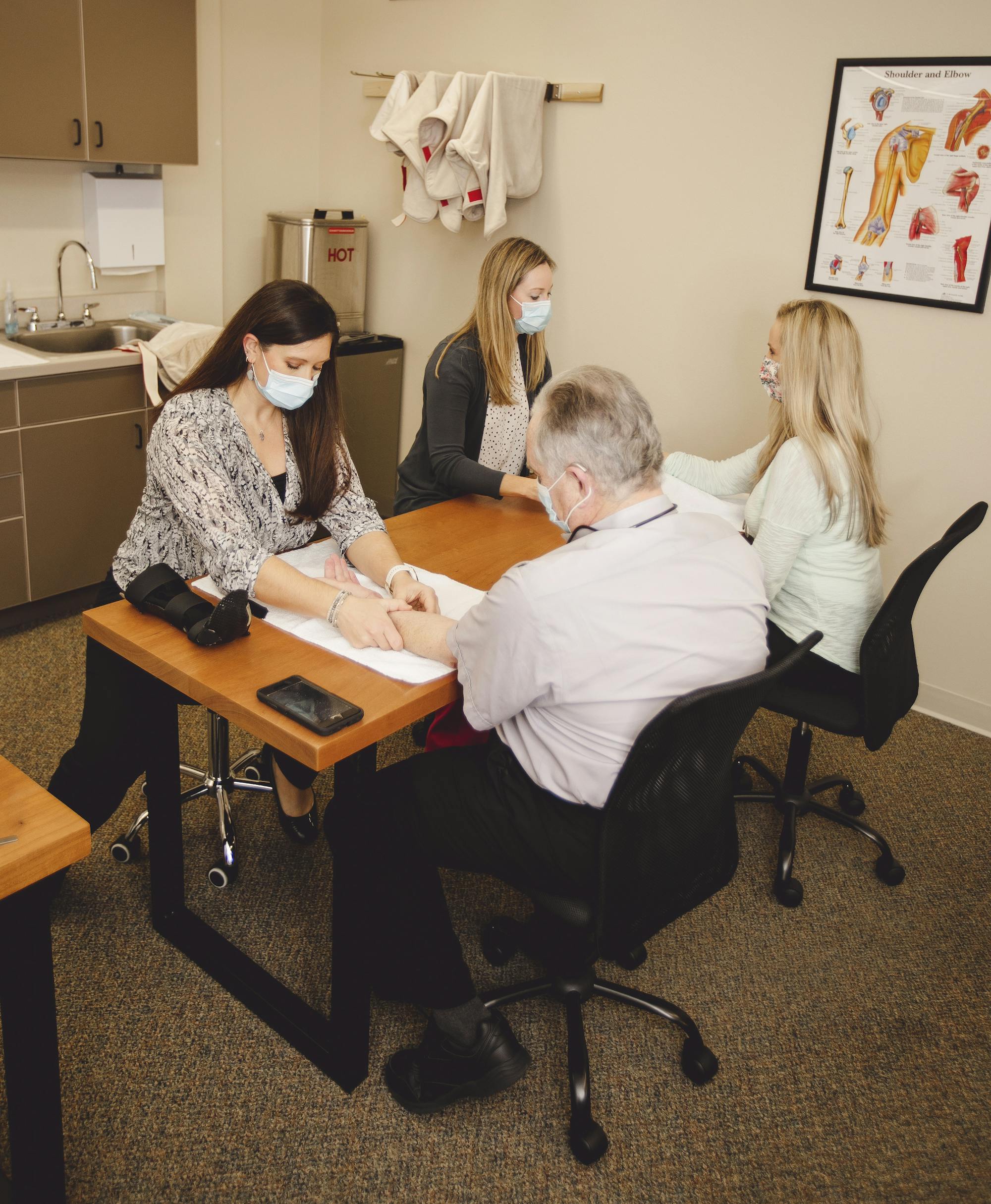
Hand Therapy services at our Pensacola office on 9th Ave. and our Gulf Breeze location at the Andrews Institute for Orthopaedics & Sports Medicine (Ste. 209) provide an opportunity to treat both acute and chronic conditions or injuries of the hand, wrist, elbow and shoulder. At Florida Bone & Joint, our fellowship-trained surgeons work closely with our exceptional Certified Hand Therapists to develop a comprehensive course of treatment to improve outcomes related to conditions and injuries of the upper extremities, including the following:

During the month of April, we want to take the opportunity to recognize Occupational Therapy Month and our highly skilled Certified Hand Therapists (CHT) who are board-certified in Occupational Therapy with a board certification in Hand Therapy. This additional qualification in the upper extremities requires 4,000 hours of patient care, three years of clinical experience and passing an advanced comprehensive exam.

As a subset of occupational therapy, hand therapy plays a significant role in treating and improving patient outcomes related to acute and chronic conditions of the hand, wrist, elbow and shoulder. At North Florida Bone & Joint Specialists, our Certified Hand Therapists (CHTs) are board-certified in occupational therapy with an added qualification in Hand Therapy. Working with a CHT can have several benefits, including:
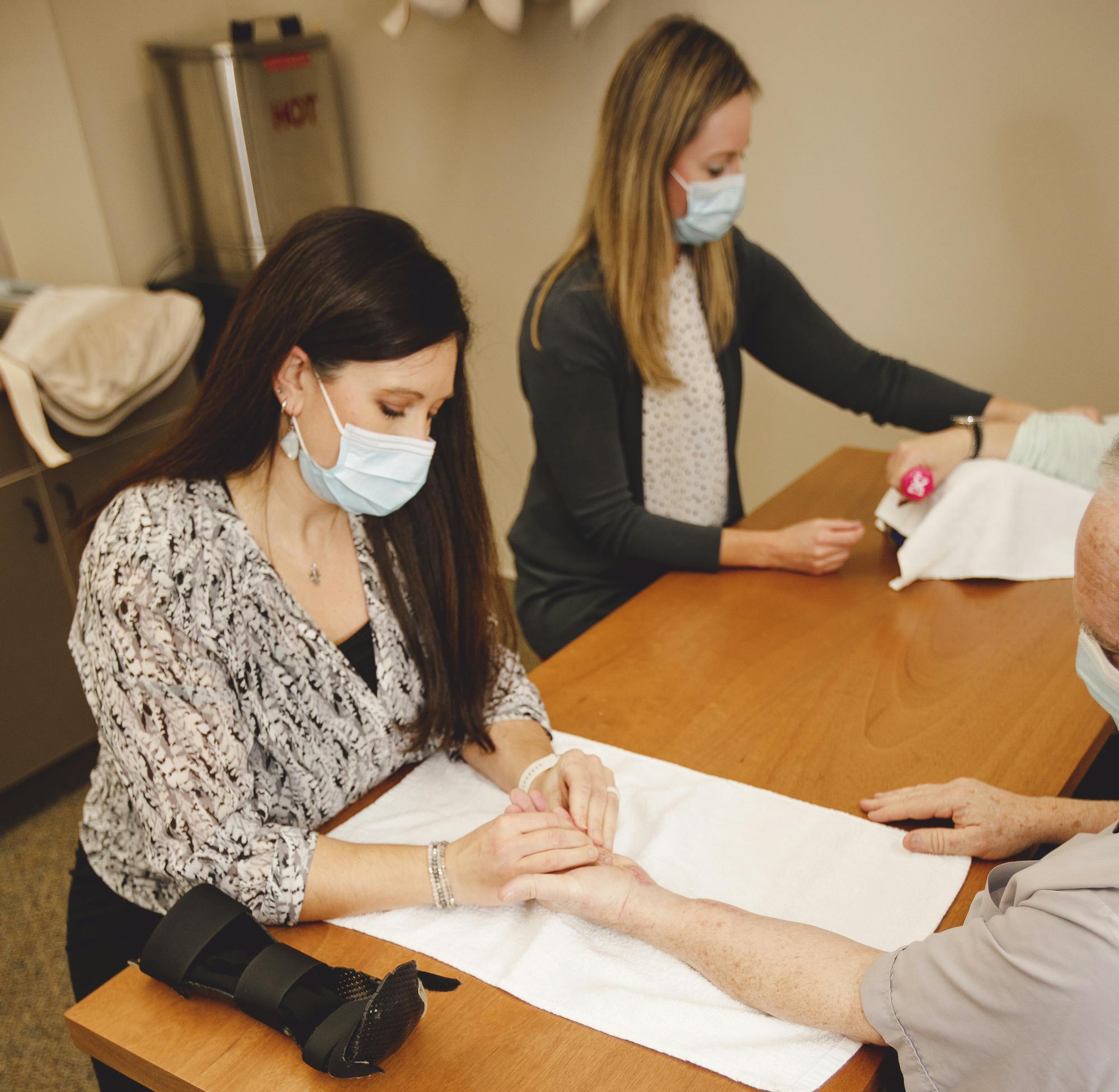
At its core, occupational therapy helps you regain independence in all areas of your life, including those that may affect your emotional, social or physical range of needs. Certified Hand Therapists (CHT) are board-certified in Occupational Therapy with an added qualification in Hand Therapy. As we step into April, we are fortunate to have the opportunity to recognize Occupational Therapy Month and our talented CHTs who provide these services to our patients.
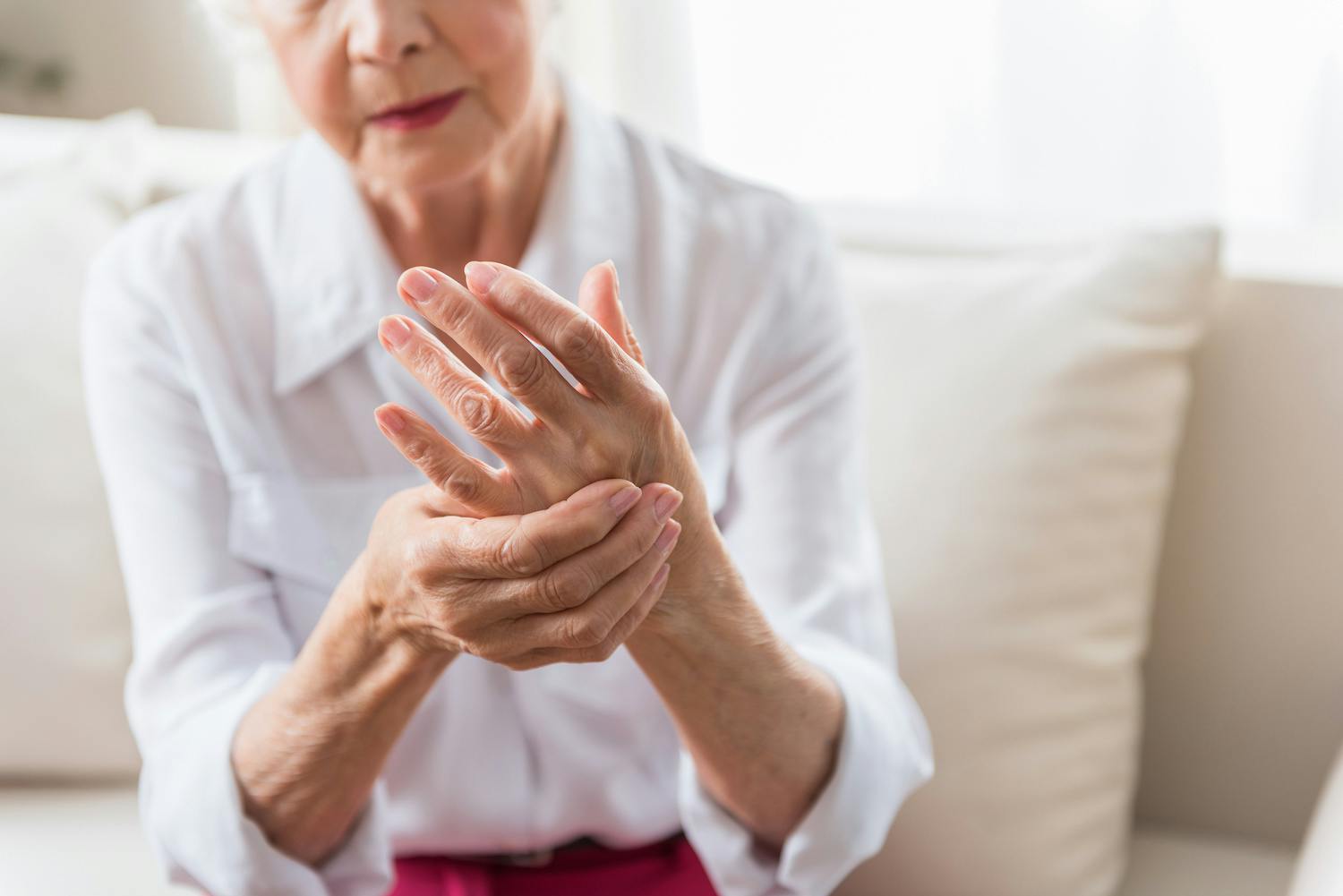
According to the National Arthritis Foundation, 53 million Americans are impacted by arthritis, making it the leading cause of disability in the country. By 2030, the organization expects that number to rise to 67 million adults and children. To bring attention to this debilitating disease, we join the Foundation in recognizing National Arthritis Awareness Month during May. To kick things off, our latest blog post below highlights the causes and symptoms of Hand Arthritis. In general, arthritis can have more than one cause and come in more than 100 forms, according to the American Academy of Orthopaedic Surgeons. However, the disease is divided into three major categories, which include:

Thumb arthritis is degeneration of the joint at the base of the thumb metacarpal. It usually is the trapezium/metacarpal joint (TMC) but can be the joint below as well. This is where the thumb meets the wrist. It is much more common in women and can be related to loose ligaments.

Arthritis represents a wide variety of joint inflammation diseases. Patients most often have chronic Arthritis in their wrists, hands, and fingers, experiencing flares of inflammation, soreness or stiffness affecting the joints. As we recently wrapped up Bone & Joint Action Week, this is an excellent opportunity to bring awareness to the most common categories of Arthritis, proactive methods for pain prevention and available treatment solutions.
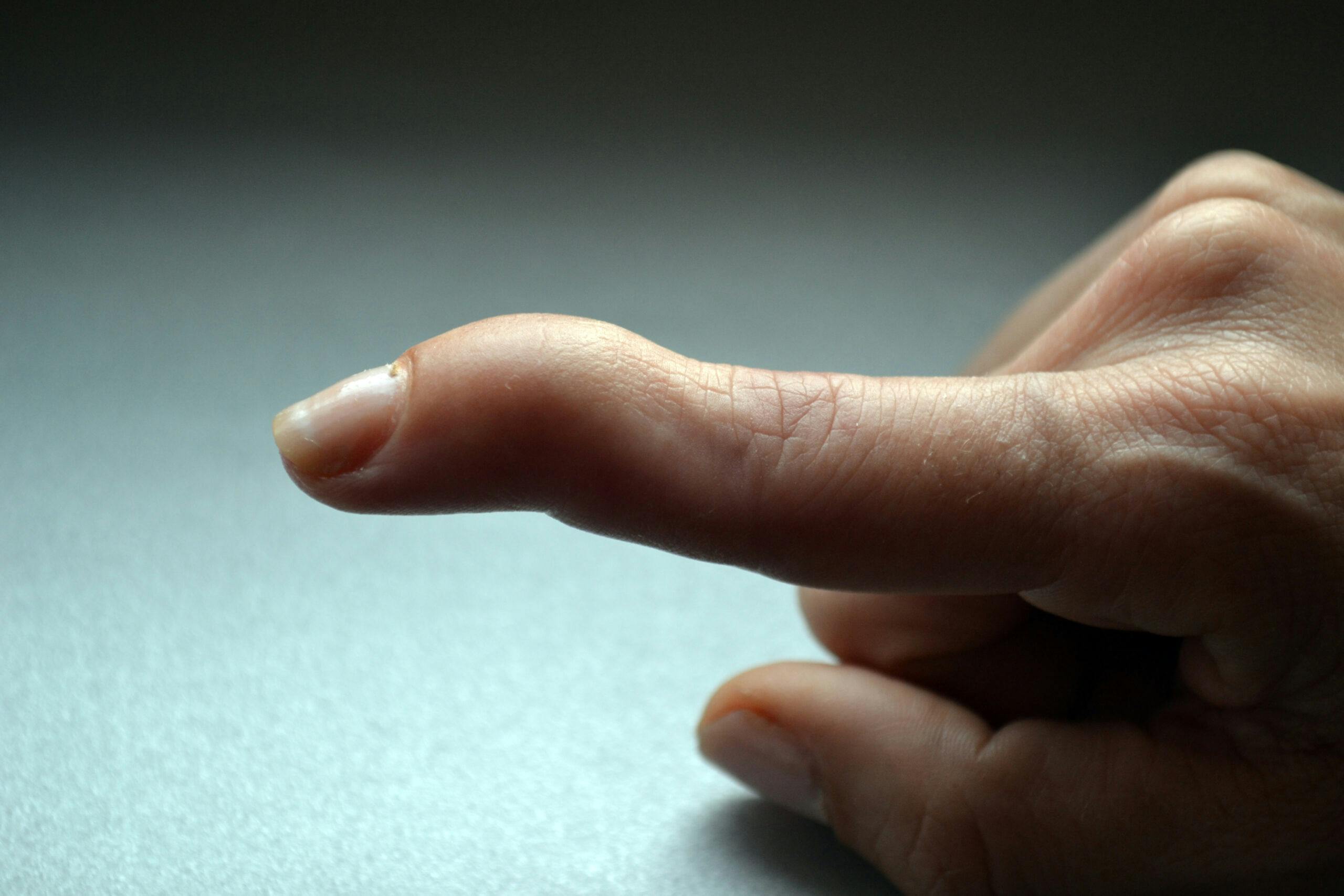
A mallet finger is a disruption of the terminal extensor tendon at the tip of the finger, where the tendon attaches to the bone. Although it used to be known as a "baseball finger," this injury can happen to anyone when an unyielding object (like a ball) hits the tip of a finger forcing it to bend further than it is intended to go. Often the injury is caused by something innocuous, like tucking a bed sheet in or hitting the hand on a door. In some cases, the tendon pulls off with a fragment of bone from the distal phalanx. The long, ring and small fingers are most likely to be injured. Below we discuss the symptoms, diagnosis and treatment of this common condition.

It’s that time of year: the kids are getting out of school, the summer heat is on full blast, and the list of projects around the house starts to grow weekly. Whether you are cleaning up your front yard landscaping, building a new garden bed of fresh veggies, or knocking out one of the many projects on the home improvement list, safety is critical for starting any new DIY adventure! As we enter June and observe National Safety Month, this post identifies the most common injuries we see at North Florida Bone & Joint Specialists during lawn care and maintenance, gardening and home DIY projects and provides some practical tips to help keep your hands injury-free.
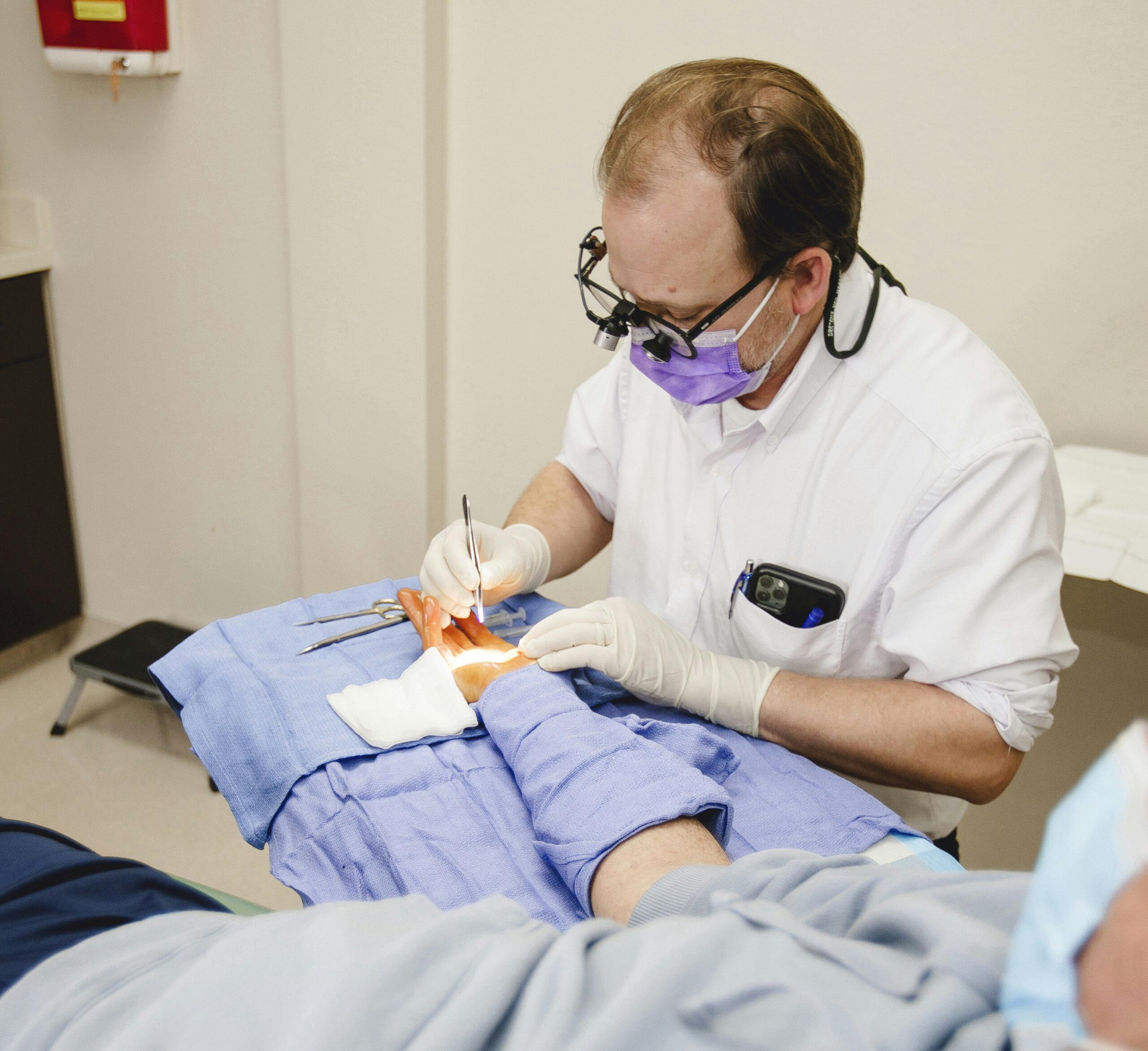
Dupuytren’s Contracture can vary in severity with each case, and is initially discovered by tension in the hand, or noticing more defined ridges forming in the palm. Although there is a transformation taking place with the tissues of the hand, this disorder can be subtle and painless unless the affected area is being stretched or flattened. Seemingly simple tasks such as washing hands, putting hands in pockets or holding large objects can become difficult. Below we discuss several changes or abnormalities that may be symptomatic of Dupuytren’s, the goal of treatment and post-diagnosis care.

Sometimes the hectic pace of the holiday season causes people to unknowingly let their guard down, making them more susceptible to bone, joint and muscle-related injuries. And let’s face it, ending up in your doctor’s office or the emergency room during the holidays is anything but jolly. Here are a few things to keep in mind as you prepare for and safely celebrate the season, especially when it comes to holiday decorating and potentially hazardous gifts.
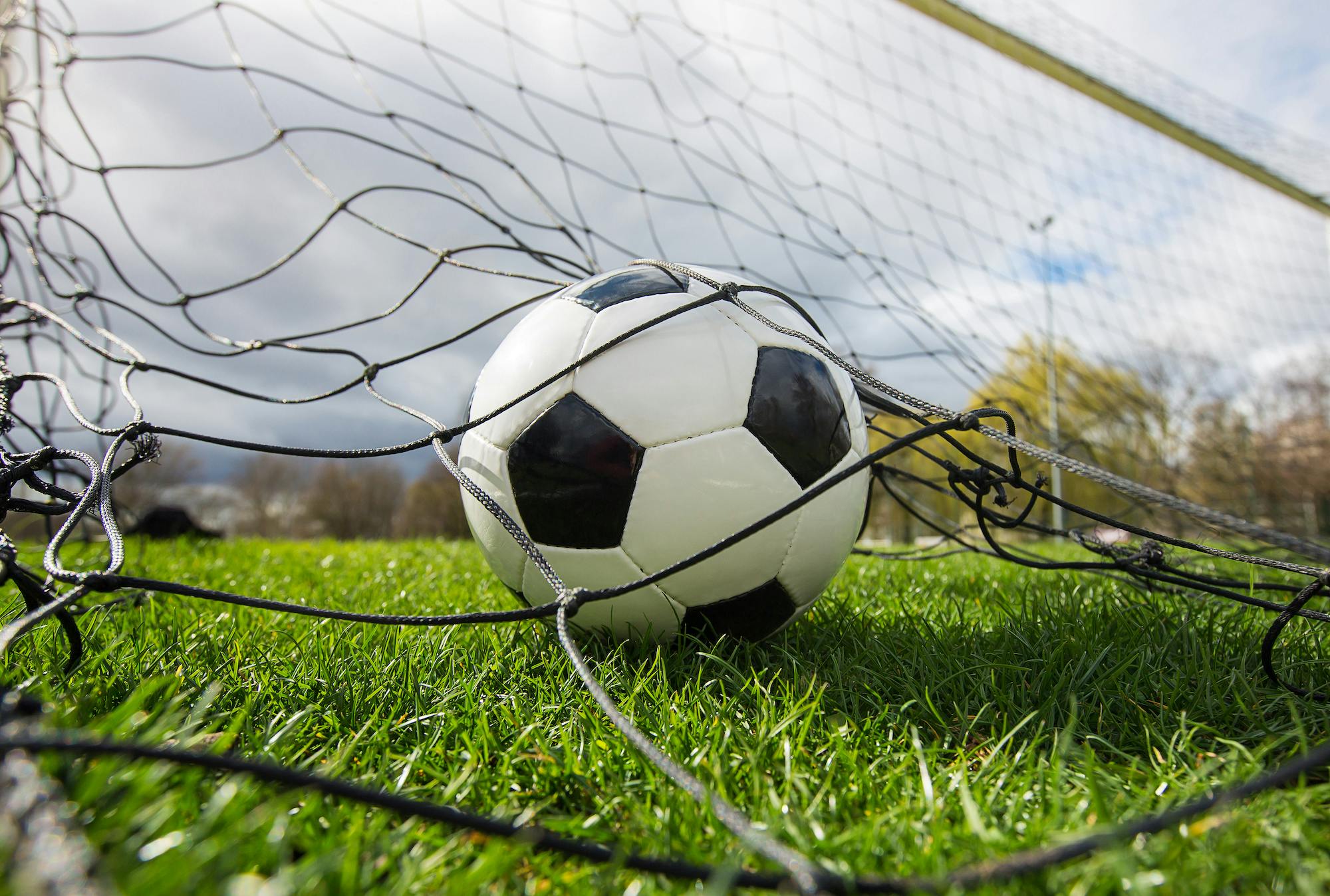
Were you motivated to return to participating in sports activities by the “trickle-down effect” of watching the Olympic games? Watching elite athletes participate in traditional events like running or swimming inspires many to get back on the track or in the pool. This year, the Tokyo games also featured five new sports: baseball/softball, karate, skateboarding, sports climbing, and surfing. Perhaps watching one of the 18 new events featuring 474 new athletes encouraged you to take your old skateboard for a spin around the block or drop your board in the water and paddle out.
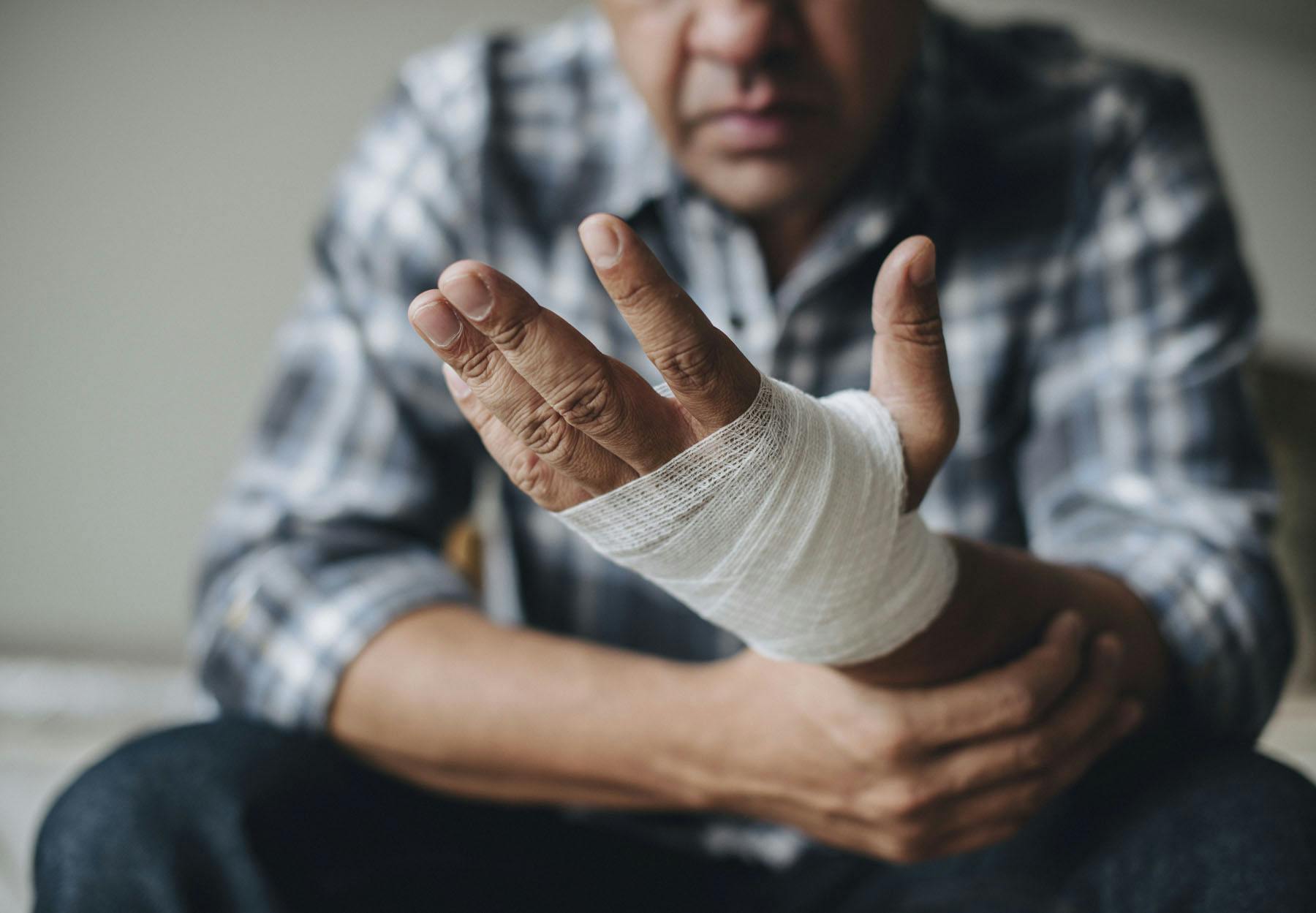
The triangular fibrocartilaginous complex (TFCC) is a structure on the small finger side of the wrist. It is the main stabilizer to the wrist in rotation (pronation and supination). It also cushions and supports the small bones of the wrist, especially when gripping. An injury to the TFCC can cause chronic wrist pain.